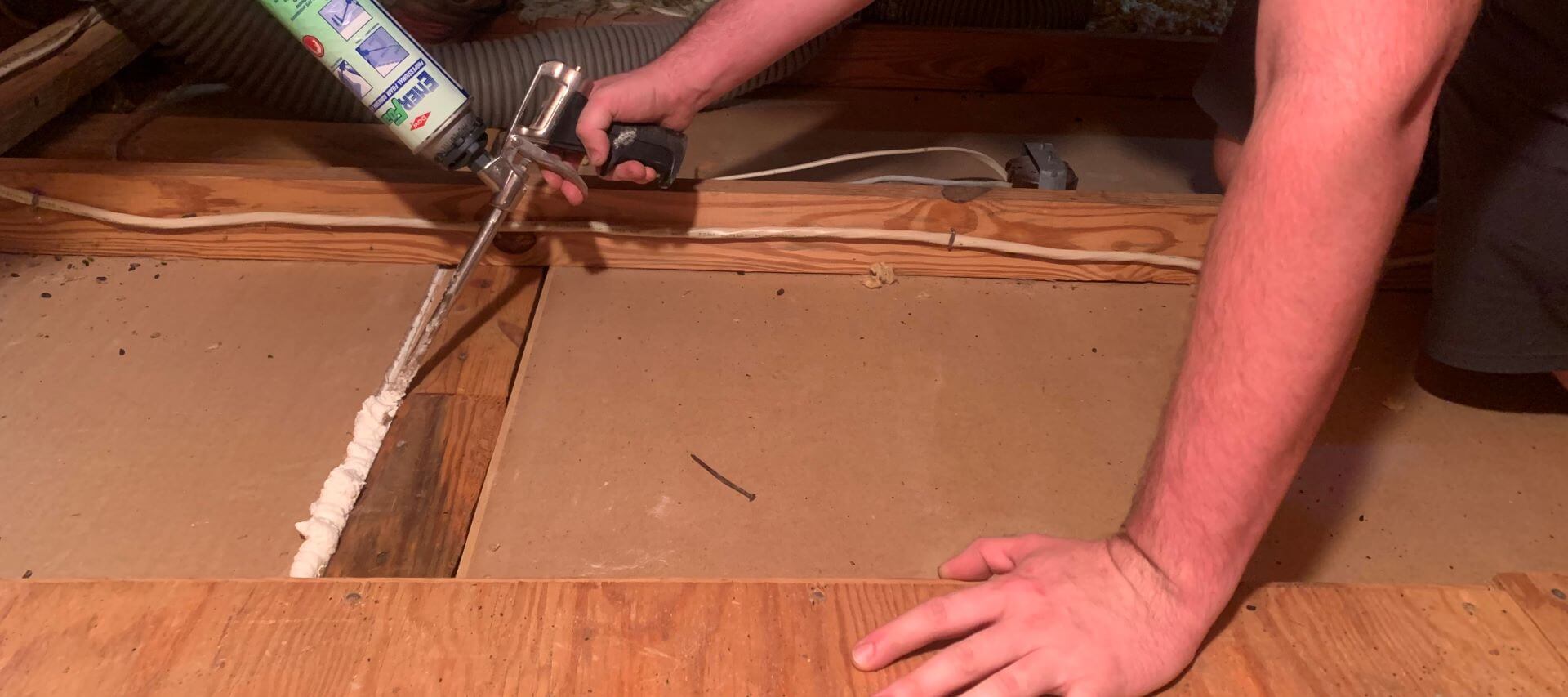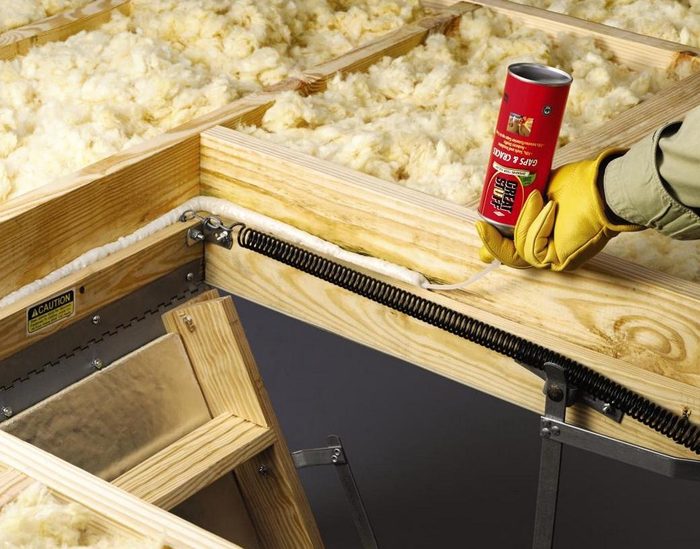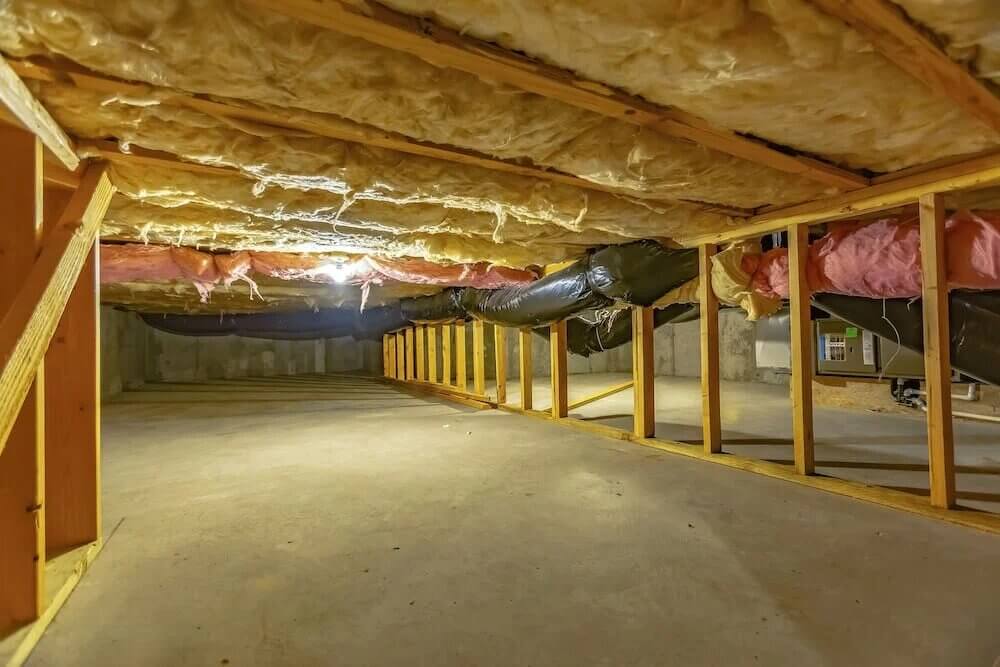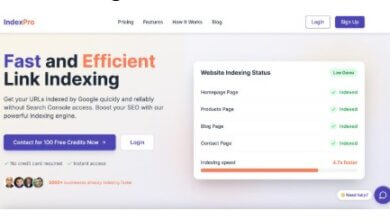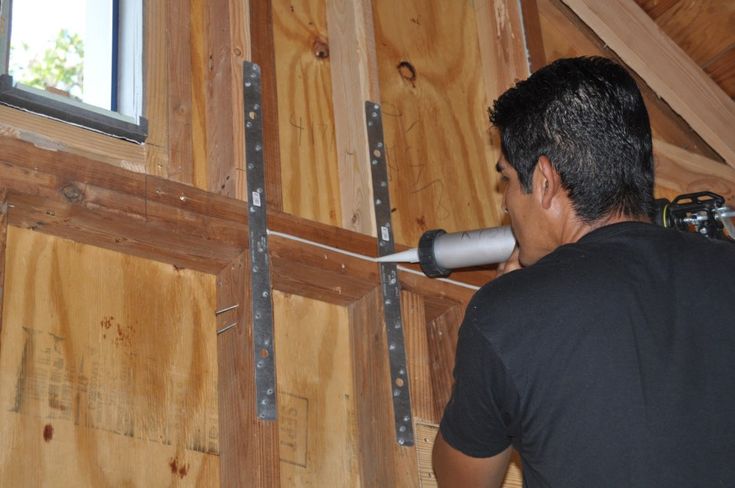
Insulation improves energy efficiency, indoor comfort, and heating and cooling performance, but its effectiveness depends on more than just material choice. Air sealing before insulation installation is the step that often determines whether an insulation system works as intended. Without sealing gaps, cracks, and leaks, insulation alone cannot control airflow, which results in higher energy costs and reduced performance.
This article explains why professional air sealing services are necessary before insulation, how it impacts both residential and commercial properties, and what mistakes occur when it is skipped. The goal is to give property owners a clear, research-based understanding that aligns with how energy systems actually work.
Why Air Sealing Matters Before Insulation
Air sealing is the process of closing gaps and cracks in a building envelope that allow uncontrolled airflow. Insulation slows heat transfer, but it cannot stop air from passing through voids or leaks. Without sealing first, insulation loses much of its value.
Property owners often assume insulation alone is enough. The truth is, air leakage bypasses insulation, creating drafts, uneven temperatures, and higher utility bills. Professional air sealing ensures insulation performs at its rated effectiveness by preventing uncontrolled air movement.
Insulation Without Sealing Loses Efficiency
When air bypasses insulation, energy loss increases. Fiberglass and cellulose, for example, allow air to pass through if gaps exist. This reduces their R-value performance and shortens their lifespan.
Air Sealing Directly Impacts Comfort
Drafts, cold spots, and uneven heating or cooling result from air leakage. Sealing ensures conditioned air stays indoors and outdoor air stays out, which leads to consistent comfort across rooms.
Professional Air Sealing vs. DIY Approaches
Many property owners attempt to seal gaps themselves with caulks, foams, or tapes. While small applications may help, full building sealing requires advanced methods.
Limitations of DIY Sealing
- Hard-to-reach areas such as attics and crawlspaces are often missed
- Temporary materials fail when exposed to temperature swings
- Air pressure differences within buildings require specialized testing
Professional Techniques
Certified air sealing contractors use diagnostic tools such as blower door testing and thermal imaging. This allows precise identification of leakage points and ensures sealing materials are applied in areas most affecting energy loss.
The Connection Between Air Sealing and Building Envelope Performance
The building envelope is the barrier separating indoor conditioned air from outdoor unconditioned air. Air sealing strengthens this barrier, improving both insulation efficiency and system longevity.
Thermal Performance vs. Air Leakage
Insulation reduces conductive heat transfer, but without sealing, convective air movement undermines it. Both must work together to provide full energy efficiency.
Moisture Control
Air leakage not only carries heat but also moisture. This can lead to condensation inside walls, mold growth, and long-term structural damage. Air sealing helps maintain a balanced moisture barrier.
Air Sealing Applications for Residential and Commercial Properties
Air sealing needs differ between residential homes and commercial buildings, but the core principle remains: seal before insulating.
Residential Applications
In homes, leakage often occurs around:
- Attic hatches and recessed lighting
- Basement rim joists
- Windows and door frames
- Plumbing and wiring penetrations
Commercial Applications
Larger buildings present more complex leakage pathways. Sealing focuses on:
- Roof-wall intersections
- HVAC ductwork penetrations
- Curtain wall assemblies
- Utility chases and elevator shafts
Common Misconceptions About Air Sealing
Misunderstandings often cause property owners to skip sealing or do it improperly.
“Insulation Alone Stops Airflow”
Insulation slows heat transfer, not airflow. Air can move through insulation materials without sealing first.
“Only Old Buildings Need Air Sealing”
Even new construction can have gaps from framing, mechanical penetrations, or material shrinkage. Building codes now increasingly require air sealing alongside insulation.
Comparison of Insulation With and Without Air Sealing
| Factor | Insulation Without Air Sealing | Insulation With Air Sealing |
|---|---|---|
| Energy Efficiency | Reduced, often 20–40% loss | Optimal, full R-value performance |
| Indoor Comfort | Drafts and uneven temperatures | Stable and consistent climate |
| Moisture and Mold Risk | High due to condensation paths | Low with controlled airflow |
| Utility Costs | Higher due to leakage | Lower with sealed system |
| Lifespan of Insulation | Shortened by air infiltration | Extended through stable performance |
The Role of Professional Testing in Air Sealing
Air sealing is most effective when guided by diagnostic tools that identify leaks invisible to the eye.
Blower Door Testing
A blower door creates controlled pressure differences, revealing leaks across the building envelope. Professionals can then target sealing efforts where leakage is greatest.
Thermal Imaging
Infrared cameras detect temperature differences around leaks, ensuring no gaps are overlooked during sealing.
Conclusion
Professional air sealing before insulation installation is not optional—it is the step that ensures insulation can perform effectively. Without sealing, insulation allows uncontrolled airflow, leading to higher costs, moisture issues, and reduced comfort.
Residential and commercial property owners should view air sealing as part of the insulation process, not a separate upgrade. Done professionally, it transforms insulation from a partial solution into a complete building efficiency system.
Learn more about at: https://www.makeoverinsulation.com/?utm_source=backlink
FAQs
Why should air sealing be done before installing insulation?
Air sealing prevents airflow through gaps and cracks that insulation cannot block. This allows insulation to perform at its rated R-value and ensures energy savings.
Does spray foam insulation count as air sealing?
Spray foam provides both insulation and air sealing when applied correctly. However, other insulation types require separate sealing measures.
Can air sealing reduce moisture problems in walls?
Yes. Sealing stops humid indoor air from leaking into wall cavities, where condensation can lead to mold and rot.
What areas of a building leak the most air?
Common leakage points include attic openings, window and door frames, utility penetrations, and basement rim joists. In commercial buildings, roof-wall intersections and duct penetrations are key areas.
How is air leakage measured?
Professionals use blower door testing to pressurize or depressurize a building, measuring leakage rates and pinpointing sealing priorities.
Reviewer: Ava Clark shared her input based on 6 years of working with spray foam insulation teams. Her focus on customer trust and communication helped shape key parts of this post.

